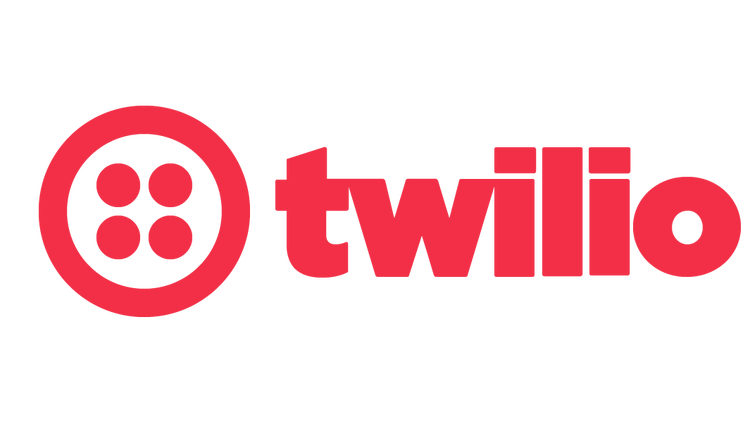Here’s What Partners Need To Know About Twilio’s $3.2 Billion Acquisition Of Segment
The acquisition will create a powerhouse in customer engagement by combining an integrated view of customer data with the tools that power outreach across communications channels.

Twilio And Segment
Twilio has agreed to buy Segment for $3.2 billion in an all-stock deal, eclipsing its 2018 acquisition of SendGrid for $2 billion.
The acquisition, expected to close by the end of the year, will create a powerhouse in customer engagement by combining an integrated view of customer data with the tools that power outreach across communications channels, Twilio Chief Customer Officer Glenn Weinstein (pictured above) told CRN.
By uniting, the two San Francisco-based companies aim to enable businesses of all types to ramp the effectiveness of their marketing efforts, improve the customer-service experience they deliver, and build greater brand loyalty.
Here’s what the channel needs to know about the deal.

Customer Analytics Meets Cloud Comms
Twilio has scaled rapidly into a powerhouse for customer engagement—the company’s APIs have become go-to connectors between back-end cloud systems and traditional communications channels such as voice, text, email and video.
Segment’s platform, delivering a cohesive view of the customer by pulling data from across software silos, will add the analytical insights that guide Twilio partners and customers to target that outreach more effectively.
Those data intelligence capabilities will be integrated into all of Twilio’s products, Weinstein told CRN, including its Flex contact center platform that’s a popular vehicle for channel engagement.

Twilio’s Channel
Twilio has been ramping channel engagement of late as part of its strategy to penetrate deeper into the enterprise market.
In 2019, the company launched its Twilio Build channel program which has since amassed some 300 partners focused on helping businesses communicate effectively with their customers, including its first global systems integrator last month in an alliance with Deloitte.
For those partners, an infusion of analytics into the platform will create new opportunities to help clients effectively engage their customers, Weinstein said.
“We expect our partners to now focus on making those communications even more personalized, timely, and impactful by taking advantage of the Twilio Engagement Cloud,” Weinstein said.

Segment’s Channel
Segment has also built a large base of systems integration partners that power its go-to-market efforts.
More than 350 Segment partners help enterprises unify customer data generated by hundreds of tools and platforms, then apply advanced analytic techniques to gain insights into those customers.
“Twilio partners now have an unprecedented opportunity to grow and contribute to this ecosystem,” Weinstein said.
“This will open new opportunities for Twilio partners, who have traditionally helped customers with Twilio’s cloud communication platform, to make those communications even more meaningful,” he added.

Developer Power
Twilio and Segment both depend on developers to build their technology into comprehensive customer-engagement solutions.
Empowering developers is a shared value, and both companies boast a developer-first model, Twilio told investors in announcing the acquisition.
As companies with cultures that prioritize developers, both Twilio and Segment have always been active in open source communities—both as end-users of open source technologies to power their own operations and as major contributors to various projects.